
Carmen Mihaela NECULITA
UQAT, Canada
Farouk El-Baz
Boston University, USA
Franco Pirajno
University of Western Australia, Australia
Jerry Russell Miller
Western Carolina University, USA
Christoph Korte
University of Copenhagen, Denmark
Ann Elizabeth Benbow
Mineralogical Society of America, USA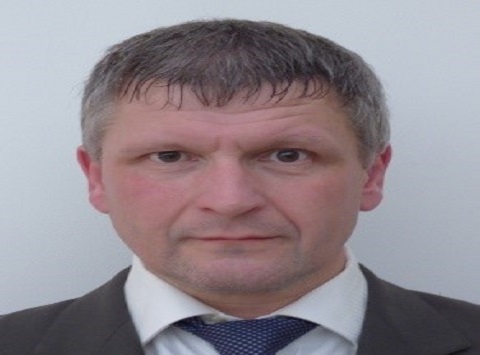
Mourice Czerewko
AECOM Ltd, UK
Maxim Shoshany
Technion, IIT, Israel
Jonas Vanardois
University of Minnesota, United States
Edwin Peeters
Wageningen University, Netherlands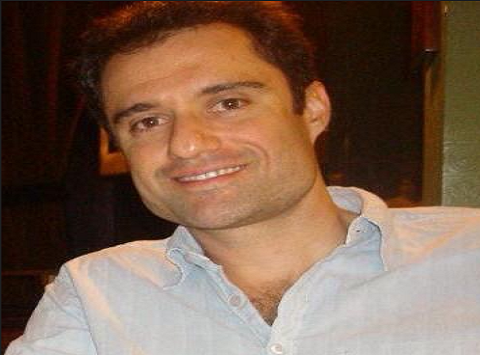
HENRIQUE DE ANDRADE PENIDO
VALE, Brazil
Ulrich Burger
BBT SE, Austria
Luis Walter Daesslé
UABC , Mexico
Marek Vach
Czech University of Life Sciences
Yuderka Trinidad Gonzalez
University of Bath
Mariana Vazquez
University of Cincinnati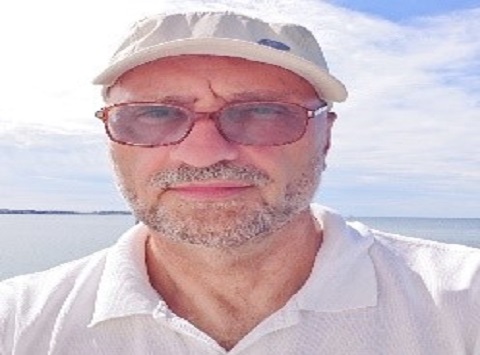
Vlado Malacic
University of Ljubljana
Kaori Kitagawa
University College London (UCL)
Suphicha Muangsri
Silpakorn University
Warren Day
U.S. Geological Survey
Marcel Hijma
Deltares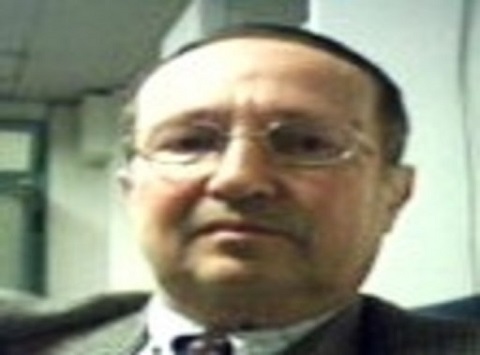
Rodolfo Console
Istituto Nazionale di Geofisica e Vulcanologia
Lionel Villarroel
Western Carolina University
ARUP KUMAR SARMA
Indian Institute of Technology Guwahati
Tadeusz Paszko
University of Life Sciences in Lublin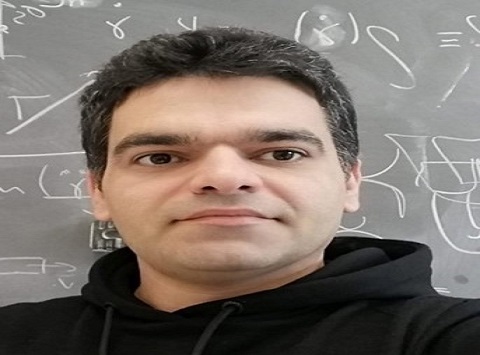
Kasra Farain
University of Amsterdam
Lorraine Tighe
Esri, United States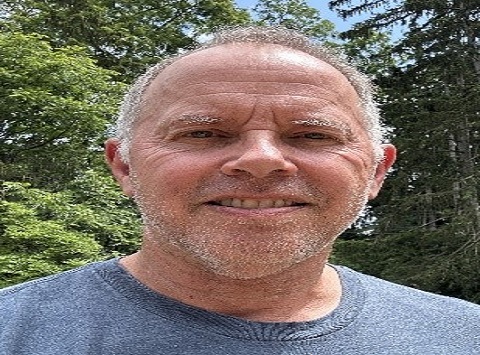
Alan Arbogast
Michigan State University
Roman Alvarez
National University of Mexico, UNAM
Sergio Cappucci
Italian National Agency for New Technologies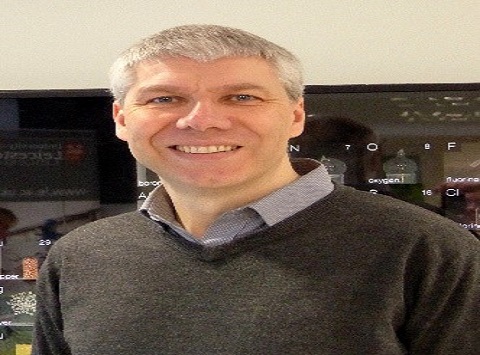
Andrew Abbott
University of Leicester
Leszek R. Jaroszewicz
MIlitary University of Technology/Elproma Elektronik LTD
Richard Camilli
Woods Hole Oceanographic Institution
Alessandro Guimaraes
GEOSOL S/A, Brazil
Valerio Vivaldi
University of Pavia
Adam Åajczak
Pedagogical University, Poland
Paulo Roberto Alves Netto
PETROBRAS
Cristina Cazan
Transilvania University of Brasov
David Astrain
Universidad Publica de Navarra
Gabriel Candia
Universidad del Desarrollo
Jean Baptiste Poline
McGill University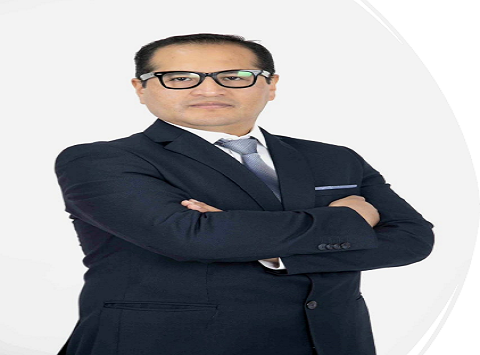
Hector Aroquipa Velasquez
Universidad de Lima, Peru
Arash Bastani
CanmetENERGY, Natural Resources Canada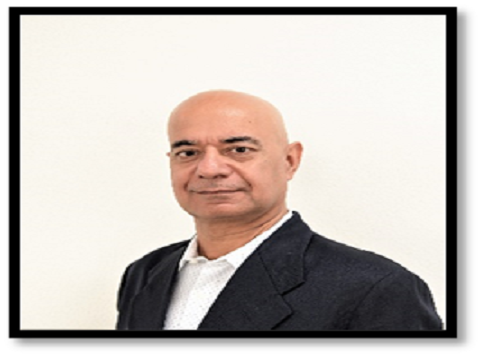
Rajesh Kalra
SLB (Schlumberger)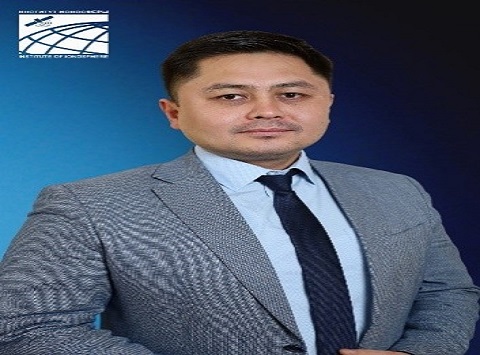
Serik Nurakynov
Institute of Ionosphere
Stephen Meinhold
University of North Carolina Wilmington, United States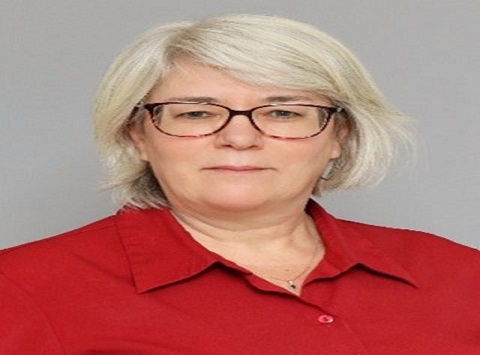
Diana Allen
Simon Fraser University, Canada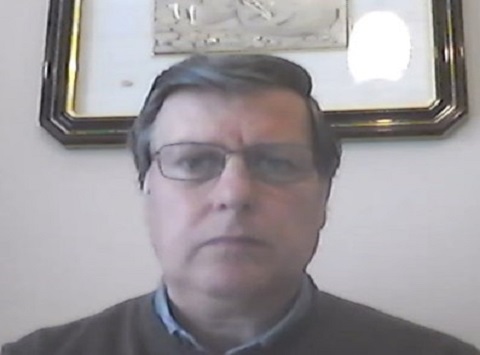
Raffaele Persico
University of Calabria, Italy
Nikolay Groshev
Kola Science Centre, Russia
Do Thuy
Luther College, United States
Vera Stankovic
Institute of Criminological and Sociological Research, Serbia
Vanja Travas
Faculty of Civil Engineering, University of Rijeka, Croatia
Ingibjorg Lilja Omarsdottir
Askja, University of Iceland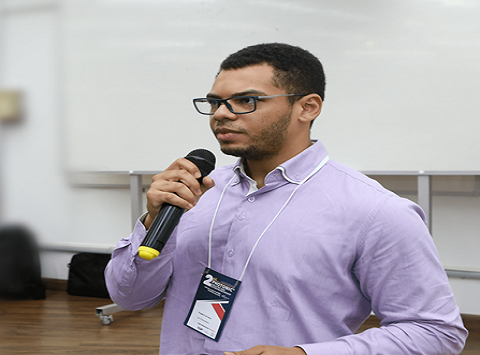
Douglas Bazo de Castro
Universidade Estadual de Campinas (UNICAMP), Brazil
Chengping Chai
Oak Ridge National Laboratory, United States
Ted Lawrence
African Center for Aquatic Research and Education, United States
Bahman Abbassi
Université du Québec en Abitibi-Témiscamingue, Canada
Denes Vigh
SLB, United States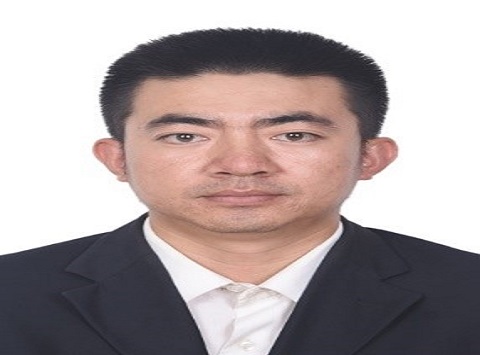
Zhandong Su
Institute of Disaster Prevention, China
Lars Stalsberg
Norwegian Water Resources and Energy Directorate, Norway
Niels Balling
Aarhus University, Denmark
Cinzia Federico
Istituto Nazionale di Geofisica e Vulcanologia, Italy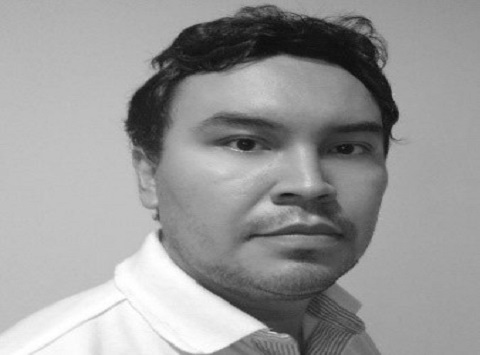
Alvaro Hurtado
Universidad Nacional Autanoma de Tayacaja Daniel Hernandez Morillo, Peru
Chenzi Fan
National Research Center for Geoanalysis, China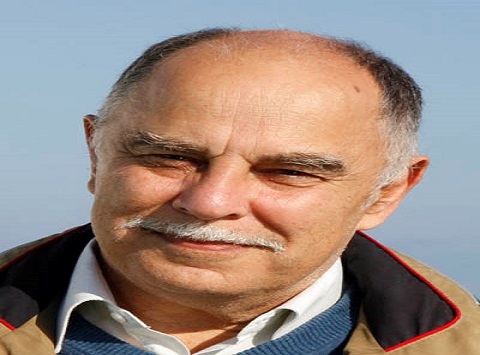
Eugene Morozov
Shirshov Institute of Oceanology, Russian Academy of Sciences, Russia
John Cherry
University of Guelph, Canada
Nicolae Har
Babes- Bolyai University Cluj Napoca, Romania
Kaminski Miroslaw
Polish Geological Institute-National Research Institute, Poland
Virginia Mosquera
SLU, Sweden
Alyssa Abbey
California State University Long Beach, United States
Toby Carlson
Penn State University, United States
Richard Bishop
Retired, United States
Xanthippi Markenscoff
University of California, San Diego, United states
Yosuke Miura
Ritsumeikan University, Japan
Daniel Bzdziuch
Suncor, Canada
K V S B Raju
Civil Engineering Department UVCE Bangalore, India
Jeffrey D. Boehm
USDA-ARS, United States
Subhajit Sen
King Fahd University of Petroleum & Minerals, Saudi Arabia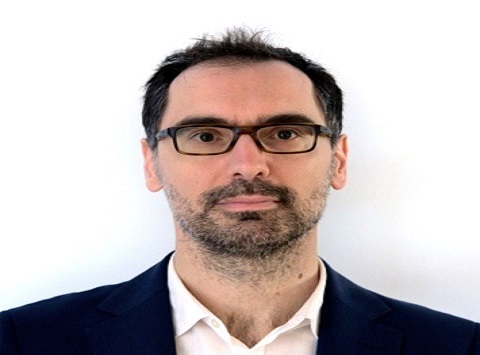
Giulio Casini
Lithica SCCL, Spain
AN-JUI LI
National Taiwan University of Science and Technology, Taiwan
Daisuke Higaki
Nippon Koei Co. ltd, Japan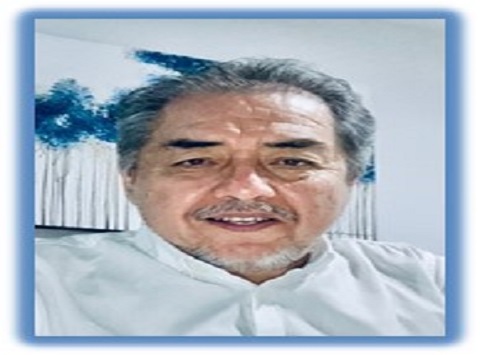
Edgar R. Santoyo Gutierrez
Institute for Renewable Energy (UNAM), Mexico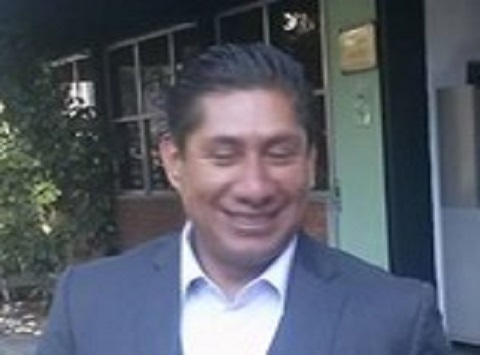
Pablo Vizguerra Morales
Instituto Politecnico Nacional, Mexico
Hector Lopez Loera
Instituto Potosino de Investigacion Cientifica y Tecnologica A.C. (IPICYT), Mexico
Petr Chylek
Los Alamos National Laboratory, United States
Stephen A. Miller
University of Neuchatel, Switzerland
Daniel OConnell
Tetra Tech, United States
Lin Lin
Max Planck Institute for Meteorology, Germany
Van Nguyen
University of Hohenheim, Germany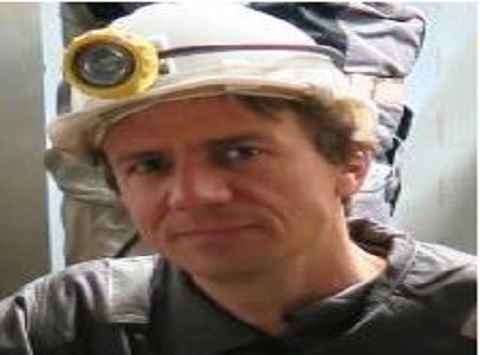
Emil Pucko
Geological Survey of Slovenia, Slovenia
Alexsandro Guerra Cerqueira
GAIA/UFBA, Brazil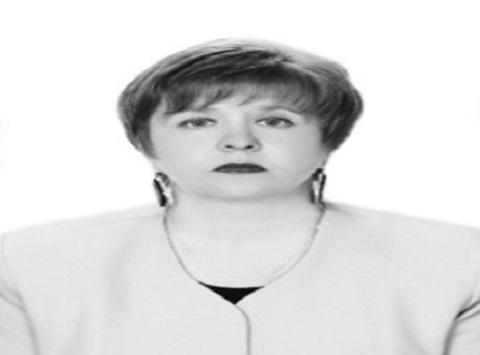
Irina Markova
The Mexican Petroleum Institute, Mexico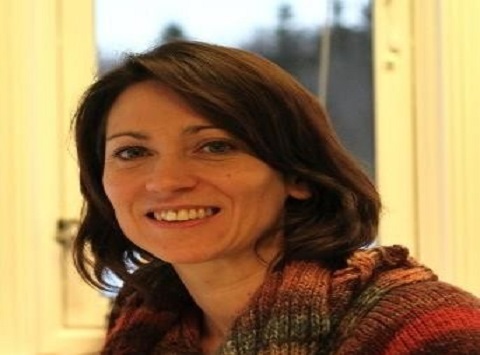
Benedicte Ferre
UiT the Arctic University of Norway, Norway
Walter L. Pohl
Austria
Kang He
China University of Geosciences (Wuhan), China
Charles Andros
United States Army Corp of Engineers, United States
Maria D. Kamitsou
University of Patras, Greece
Mehmet Salih Bayraktutan
Middle East Technical University, Turkey
Wolfgang Jimmy Wehr
Erfurt University of Applied Sciences, Germany
Kai Ingemann Schnetler
Private Researcher, Denmark
Jasminka Alijagic
Geological Survey of Slovenia
Gary Rollefson
Whitman College, Germany
Raquel Fernanda Gerlach
University of Sao Paulo, Brazil
Anna Fijalkowska Mader
Polish geological Institute – National research Institute, Poland
Esperanza López-Vázquez
Universidad Autónoma del Estado de Morelos, Mexico
Stephen Kaffka
University of California, United States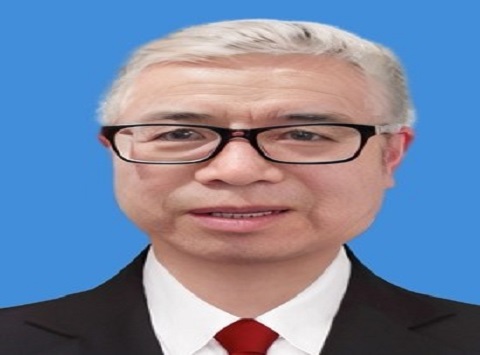
Zhijun Du
Ocean University of China
Cristiano Tolomei
Istituto Nazionale di Geofisica e Vulcanologia, Italy
Oya Cengiz
University of Süleyman Demirel, Turkey
Xudong Liang
State Key Laboratory of Severe Weather Meteorological Science and Technology, CAMS, China
Jean-Jacques Ponciano
i3mainz, Germany
Mengli Zhang
Colorado School of Mines, United States
Michel LANG
INRAE, France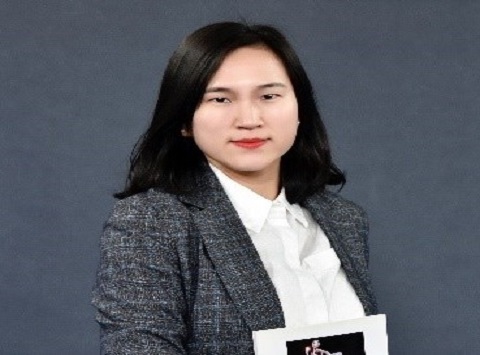
Huimin Kong
Institute of Disaster Prevention, China
Lauro Bucio
Instituto de Fisica, Universidad Nacional Autonoma de Mexico
Weizhen Tian
Southwest Petroleum University, China
James Curran
Independent
Yoshiaki Hisada
Kogakuin University, Japan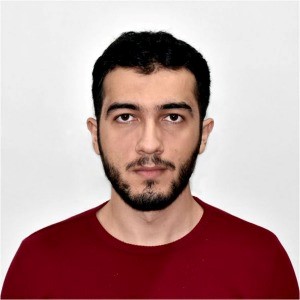
Aladdin Nasibov
Azerbaijan State Oil and Industry University, Azerbaijan
Zakaria SAADI
Autorité de sûreté nucléaire et de radioprotection(ASNR), France
Tadeusz Chmielewski
Opole University of Technology, Poland
Robert Thomas Pidgeon
Curtin University, Australia
Mazova Raissa Khaimovna
Nizhny Novgorod State Technical University, Russia
Mingliang Kang
Sun Yat-sen University, China
Masahiro Shiba
Museum of Natural and Environmental History, Shizuoka, Japan
Mikhail Lokoshchenko
Lomonosov Moscow State University, Russia
Mark J. Kimsey
Intermountain Forestry Cooperative (University of Idaho), United States
Kristin Boye
SLAC, United States
Lihong Song Yan Yi
Leshan Normal University, China
Cheng-Yu Ku
National Taiwan Ocean University, Taiwan
Ferhat Cavit
ITU, Faculty of Mines, Turkey
Erick Baziw
Baziw Consulting Engineers Ltd., Canada
Patrick Jenny
ETH Zürich, Switzerland
Lisa Bithell Kirk
RESPEC / Montana State University, United States
Boris Amusin
Retired Scientist
Yunfeng Zhao
The Second Monitoring and Application Center, China Earthquake Administration, China
Alexander Khain
The Hebrew university of Jerusalem, Israel
Phillip Lawrence
Crown Institute of Higher Educ, Australia
Mochi Liao
University of Illinois Urbana-Champaign, United States
Ali Harlin
Teknologian tutkimuskeskus VTT Oy, Finland
Lorne Arnold
University of Washington Tacoma, United States
Alec Feinberg
Northeastern University, United States
Andrzej Staniek
Central Mining Institute, Poland
Christopher Burn
Carleton University, Canada
Goodluck Ofoegbu
GNO Modeling Research LLC, United States
Yusheng Jiang
China University of Mining and Technology - Beijing, China
Jacek Galas
Tele and Radio Research Institute, ul. Ratuszowa, Poland
Ralph Kahn
Lab for Atmospheric & Space Physics, University of Colorado Boulder, United States
Wenhai Shi
Chang'an University, China
Mario German Trujillo-Vela
Universidad Surcolombiana, Colombia
Anatoly V. Vershinin
Lomonosov Moscow State University, Russia
Kithsiri Perera
USQ, Australia
Charles AUBOURG
University of Pau and Pays de l'Adour, France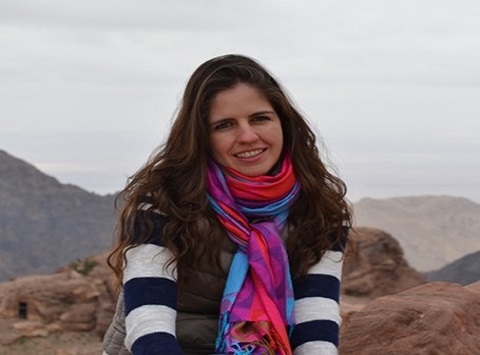
Ana De Luca
Universidad Autonoma de Baja California, Mexico
Neila M. Seray
Université du Québec en Abitibi Témiscamingue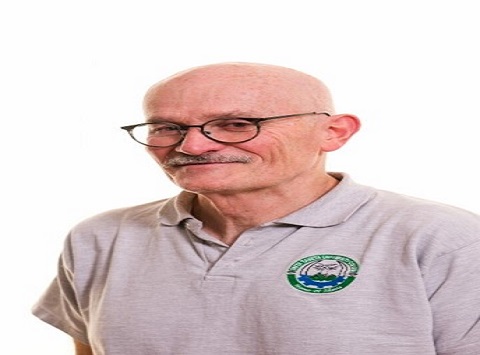
Gaston Giuliani
University of Lorraine
Marc Legault
UQAT
